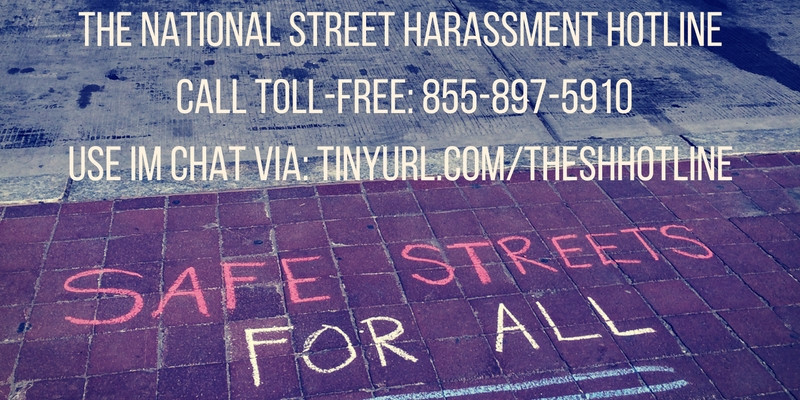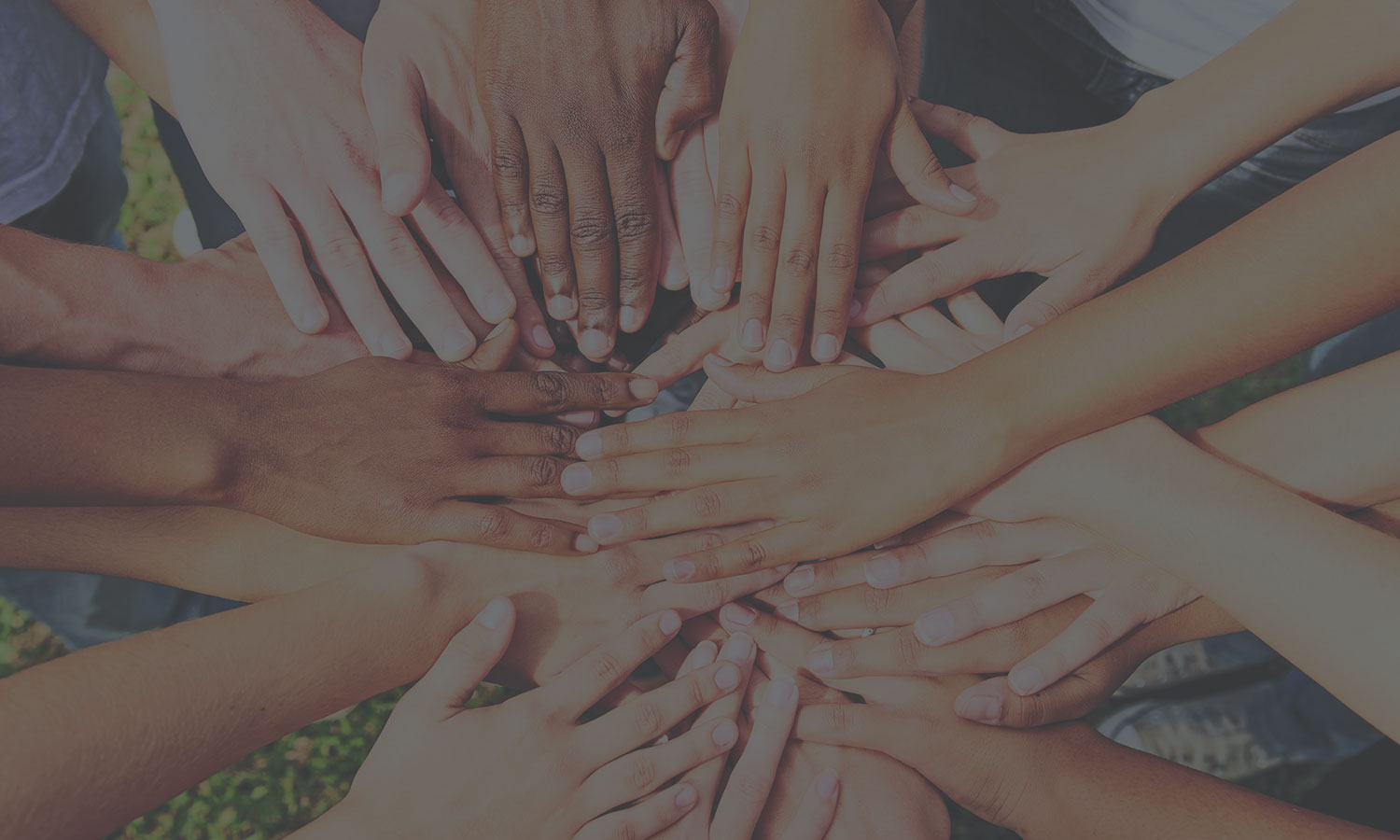Street Harassment: Lurking in the Shadows of the #MeToo Movement

I was cat-called for the first time when I was 14 years old. My face went red and my stomach flipped into knots. “Are my shorts too short?” I began to think. “Am I supposed to feel happy that some drunk man thinks I’m pretty?” And then the worst one: “Will I have to feel like this again?” The horrible truth is that I share a different version of the same story with many other girls and young women, and yes, only three years later, I have already felt like that again.
Street harassment is a type of sexual assault that is often not talked about. People deem it inevitable, something that will not stop simply because of its widespread nature, almost like an epidemic of an infectious disease. A 2014 study by the SSH found that 65 percent of female respondents had experienced street harassment, whether it be cat-calling, touching, or whistling[1].
If you are in a dangerous situation and need help immediately, or are looking for more information, please go to http://www.stopstreetharassment.org/our-work/nationalshhotline/
With the #MeToo Movement, sexual assault stories and advocacy is at the forefront of the media. While there has been amazing progress made in the fight for justice and awareness for sexual assault, the hashtag hasn’t seemed to find its way into posts about street harassment. Not only is it under-represented, but it is also under-researched. Street harassment isn’t the most serious form of sexual harassment, but that doesn’t mean that it shouldn’t be talked about. Especially for people of color or members of the LGBTQ community, street harassment can be fueled by racist or anti-LGBTQ motives, causing these individuals to experience far more frequent and hateful street harassment. These intersectional issues largely go unnoticed, thereby leaving them unaddressed. There are too many young girls in need of support, and too many boys in need of education, for this issue to be kept on the back burner; something needs to change.
While boys can also be harassed or sexually assaulted, women and girls are primarily the targets of street harassment. To work towards reducing this, we have to find the root of the problem, and try to fix it early. Just like a school or university has a responsibility to teach their students history and arithmetic, they also need to be responsible for teaching respectable behavior, especially when it comes to how to treat women. Futures’s Coaching Boys into Men program does exactly that.
Young, male athletes often act as role models for their communities and other kids in their schools, but the stereotypical “jock” persona that comes with each jersey has a cost. “Locker room talk” continues to thrive amidst the sweaty bond of athletes, teaching them negative behavior towards women. Through their curriculum, Coaching Boys into Men facilitates trainings between coaches and athletes to promote respectful behavior, and to help prevent relationship abuse. This program is global, as both boys in the United States and as far away as India are taking strides towards better education on these issues.
As victims, bystanders, and everything in-between, we all have a responsibility to raise awareness in our communities to work towards ending street harassment. For all of the young girls and women out there, ashamed and confused and blamed for something that is not in their control, I hope we take that responsibility. It’s time we redefine the hashtag.
[1] http://www.stopstreetharassment.org/resources/statistics/
Maddie Gold is a high school senior in Washington, D.C. She penned this blog while working as an intern at FUTURES’ Washington, D.C. Office.





